Serena Tallarigo
Sculpture in Stone
CREATIVE PROCESS interviews Italian sculptor Serena Tallarigo on a recent visit to Manhattan
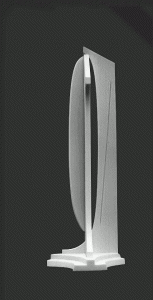
Even though I am from Italy, my serious sculpture began when I was living in Paris in the late 70’s. I was experimenting with works using metal and acids. The acids made beautifully colored glazes on the metal surfaces. Unfortunately, working with these materials also made me sick. So, I moved on to sculpting in wood and to more abstract, geometric work.
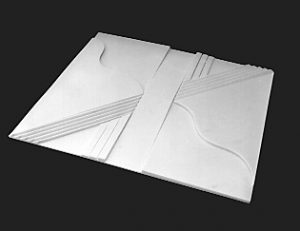
By the early 1980’s, I realized I needed to carve in stone. I started working in bas-relief.
Before I picked up the power tools necessary to carve fine stone, I spent a year in Carrara (Italy) simply watching other sculptors work. The tools are heavy and a sculptor must know precisely how to handle them. You cannot be distracted by the mechanics of the process when you are sculpting. You must understand your tools completely and allow them be an extension of yourself.
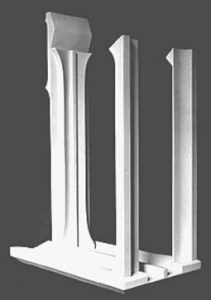
I make no preparatory drawings for my sculpture. I envision the piece completely in my mind, then I pick up my pneumatic hammer and begin sculpting. I do the roughing-out carving in a lab where heavy tools are available. Then I transport the work to my studio for further refinement.
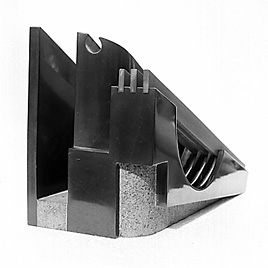
The stone that was available in the 80’s was superb. At some of the quarries they were hitting the best portion of the veins. The Belgian black marble of that period is pure and beautiful. You cannot get that quality now–at any price. Special care is necessary in working it; the chips are sharp as glass. To achieve the high sheen, I hand polish my sculpture with sandpaper.
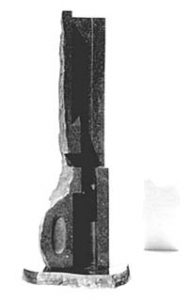
This porfirico came from a quarry–now closed–north of Trieste where they quarried the stone horizontally. There is almost no road to the quarry. Porfirico is a dark reddish brown stone. I carve it using marble-working techniques.
When I want a softer-toned black surface –as in my Horizon series of landscape pieces–I use black marquina. It is a bit mottled and more subtle–less hard-edged–than Belgian black marble and reads better as landscape.
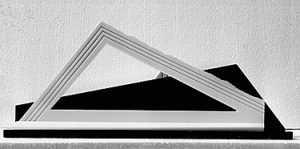
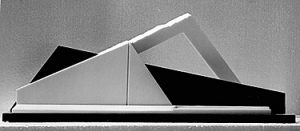
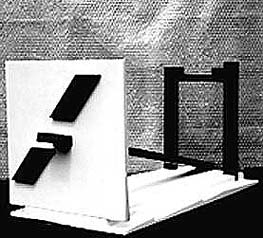
In the conceptual, minimal pieces such as Darkness through Light, I wanted the stark impact of the Belgian black marble to slice through the bianco puro (pure white) marble.